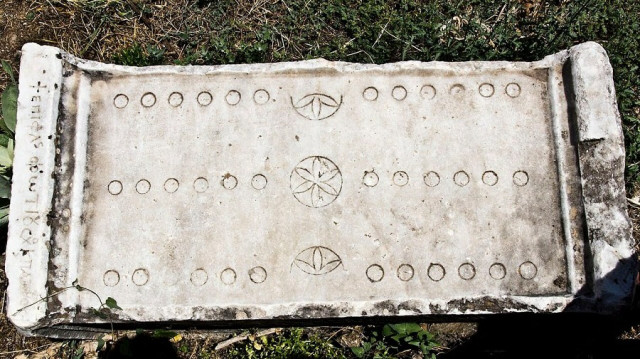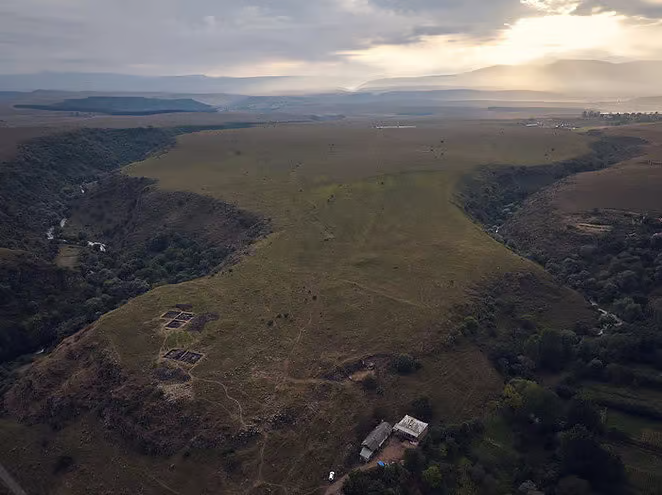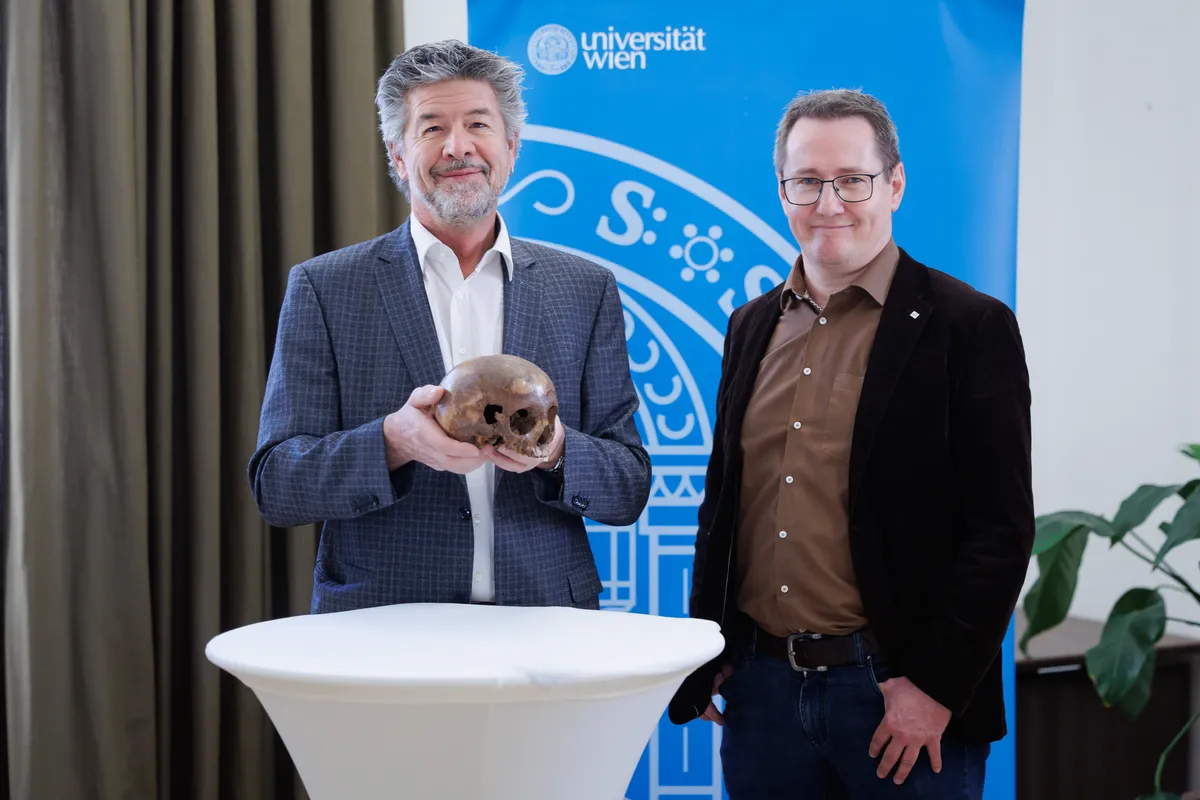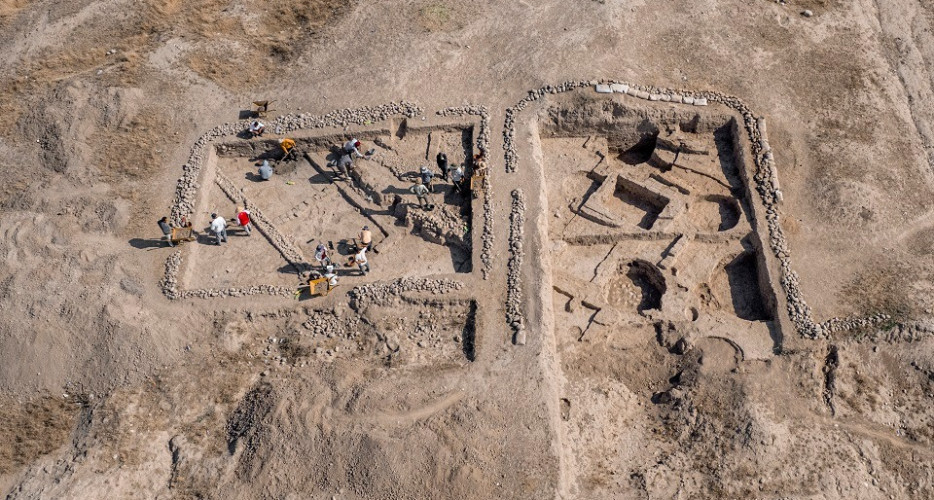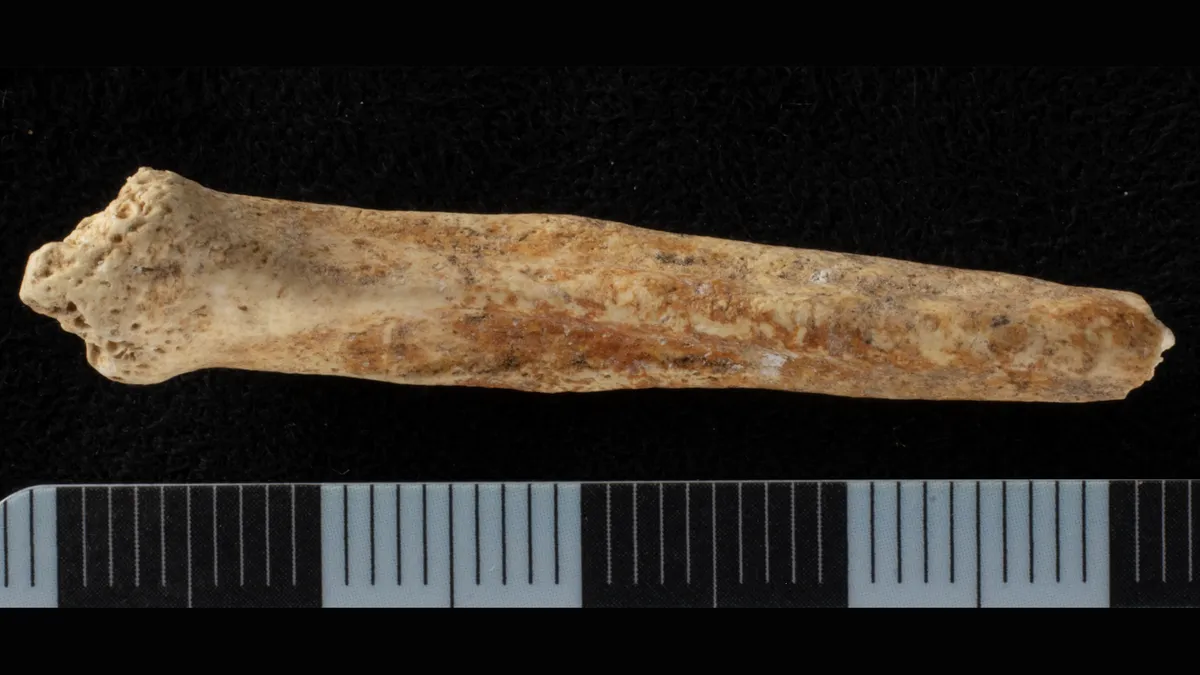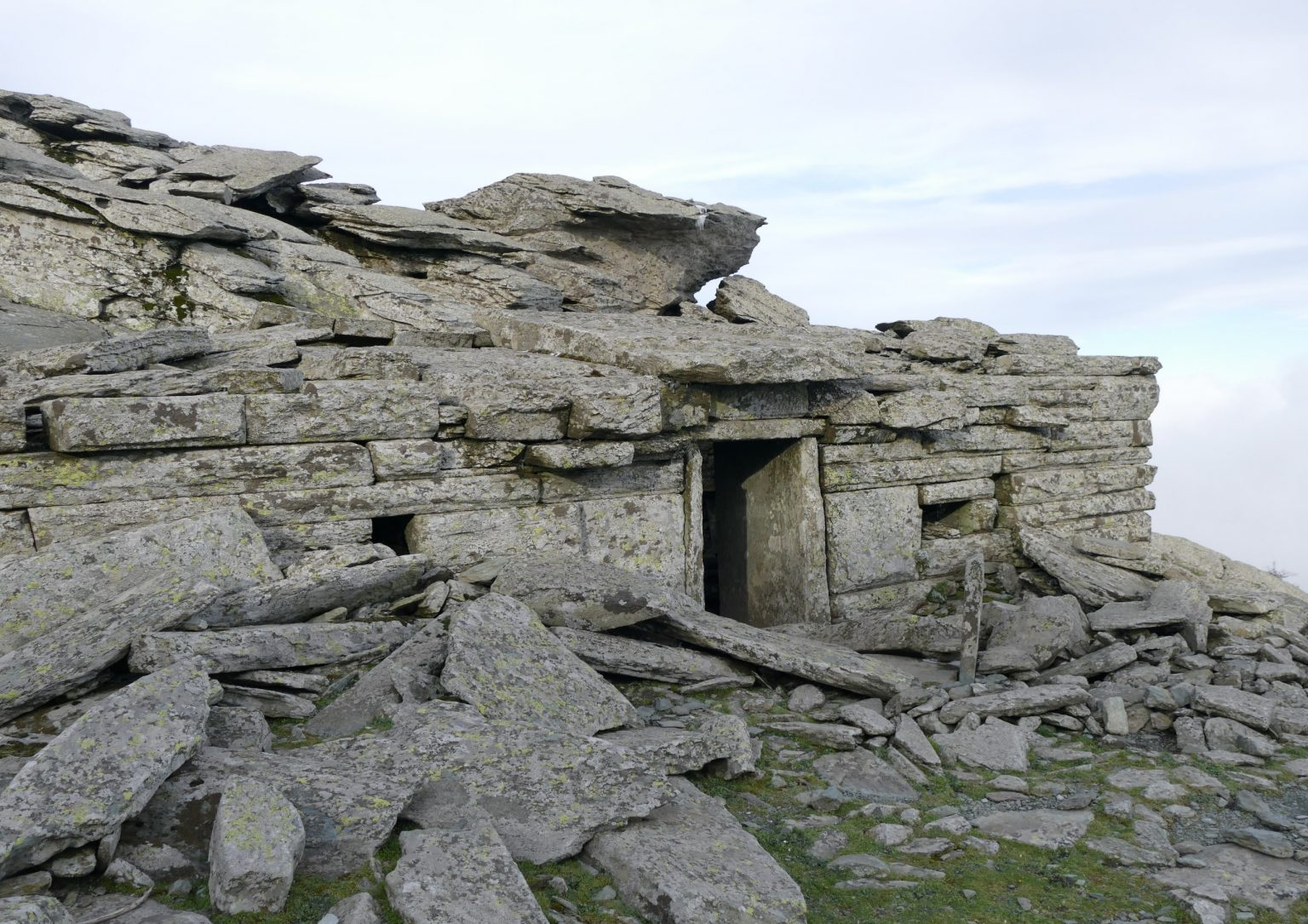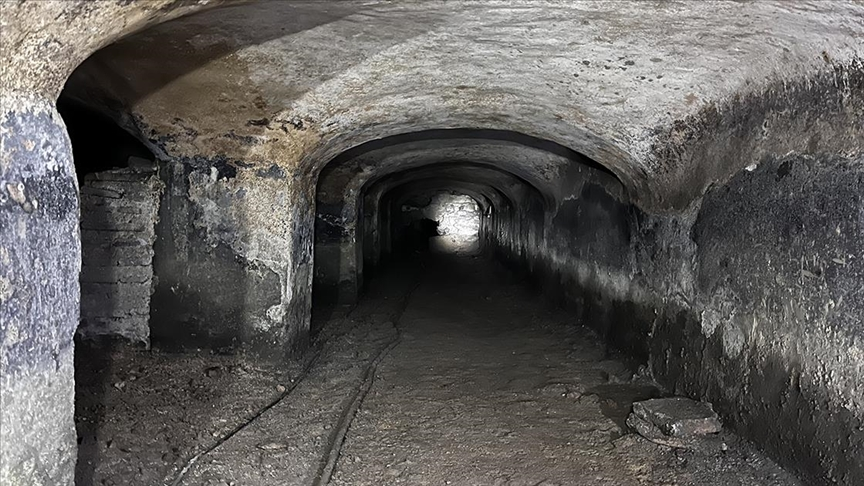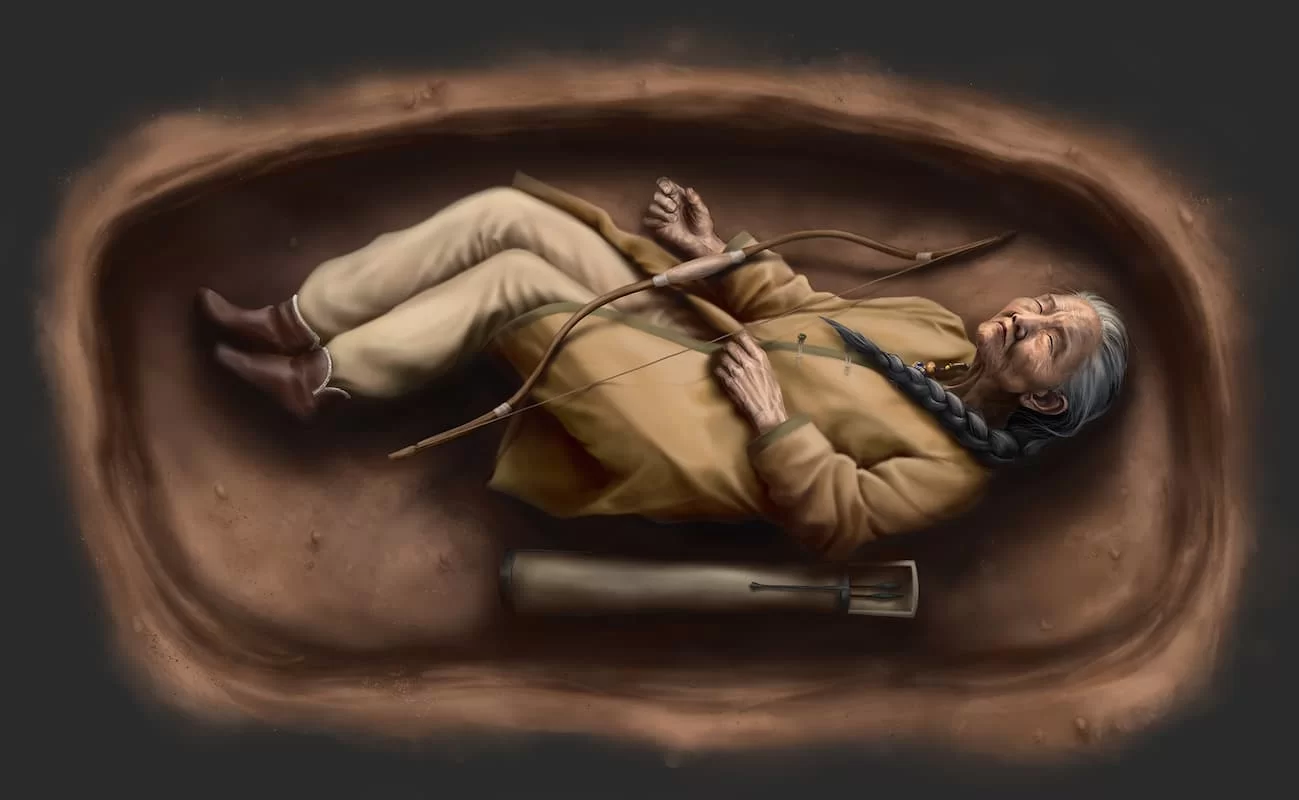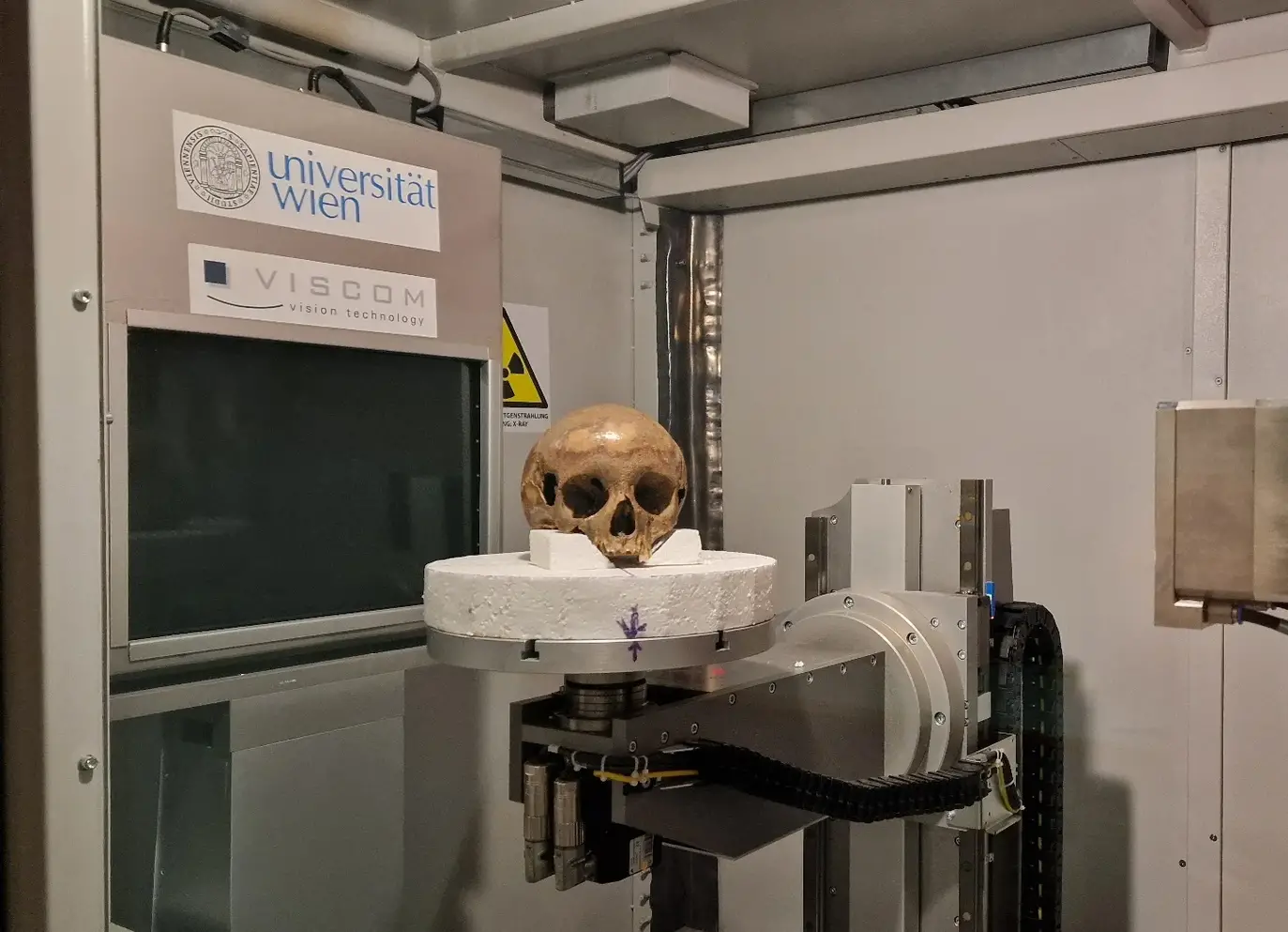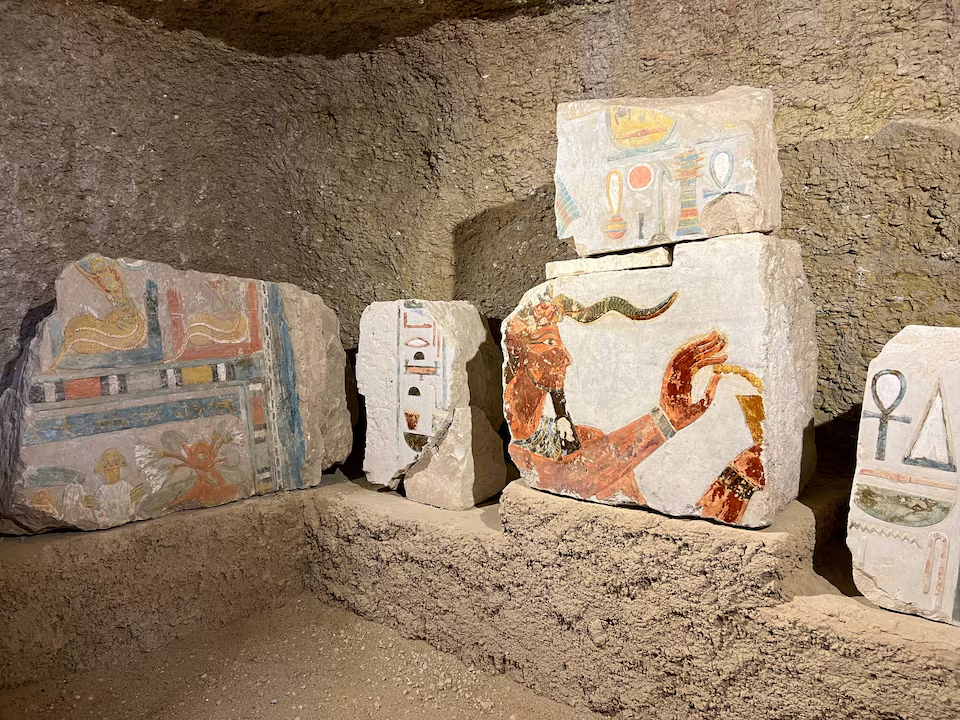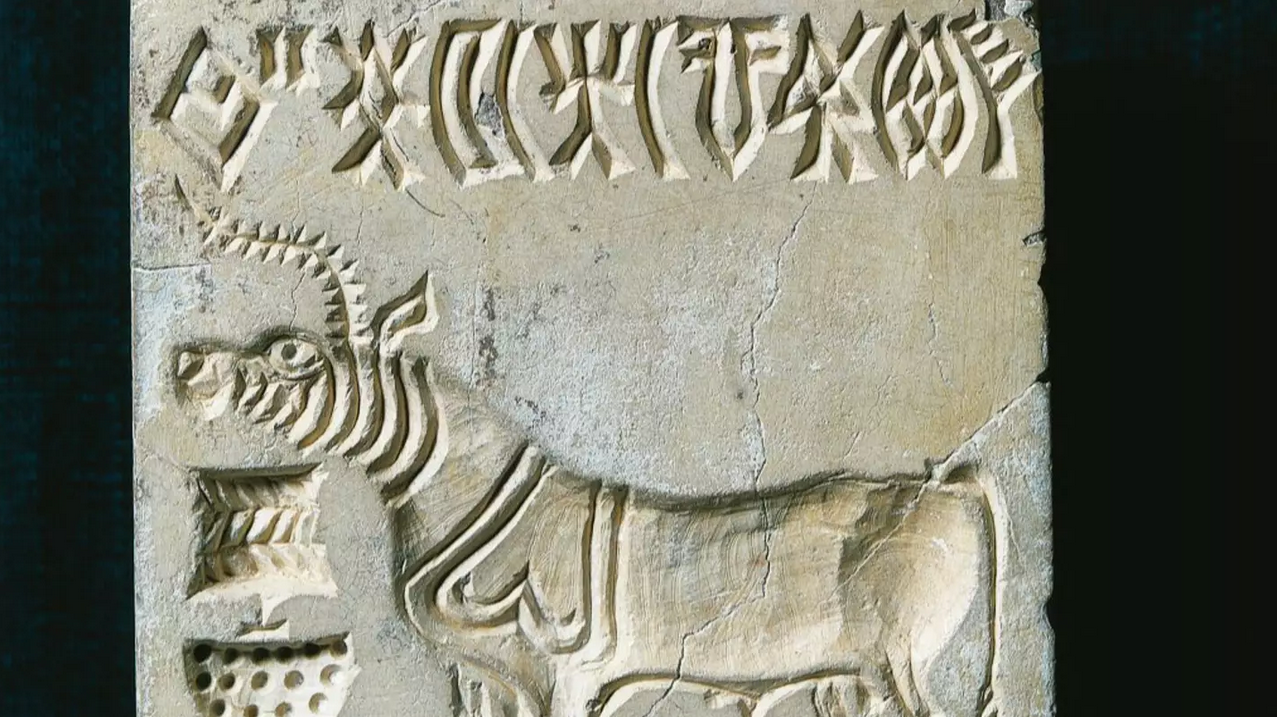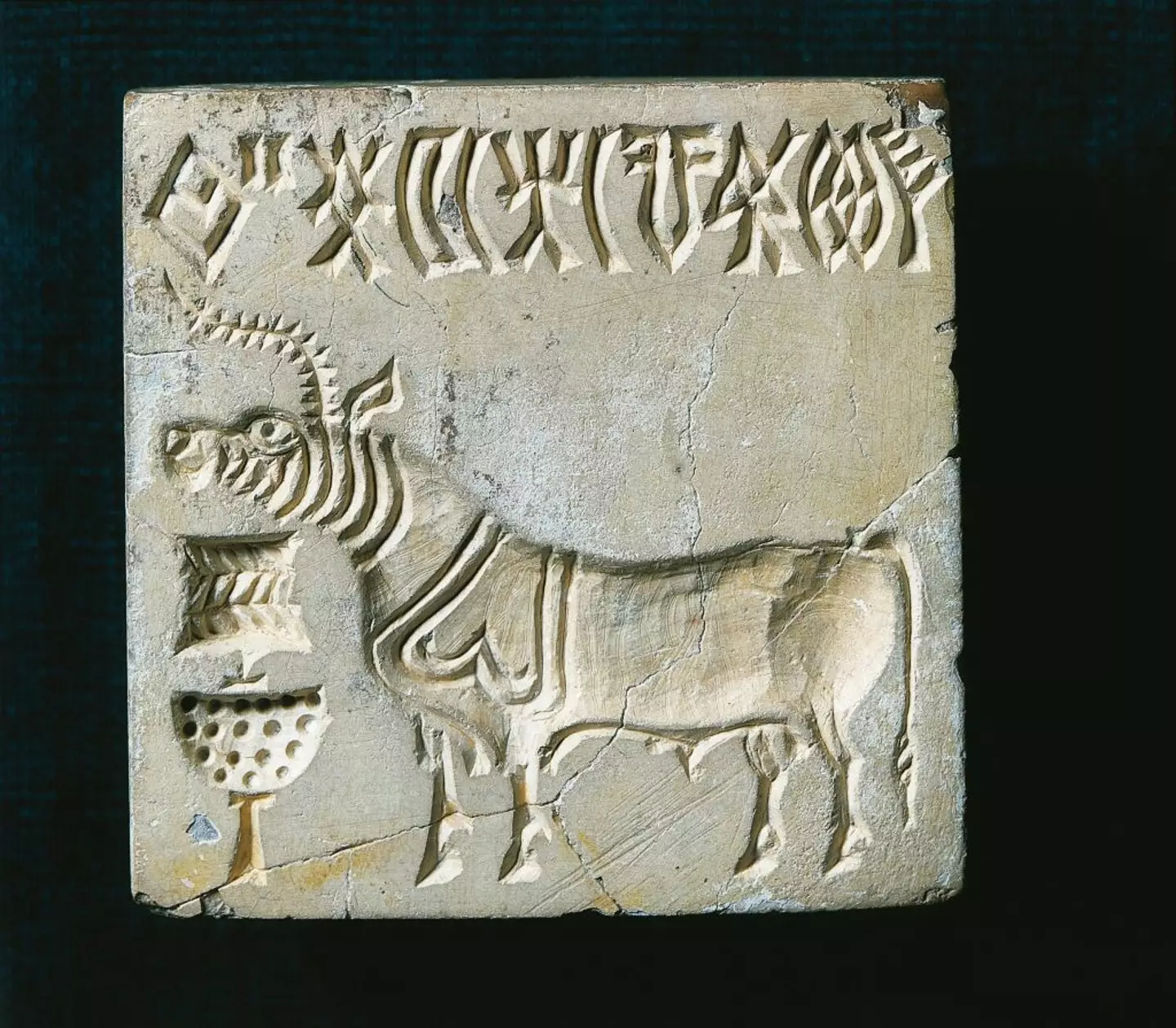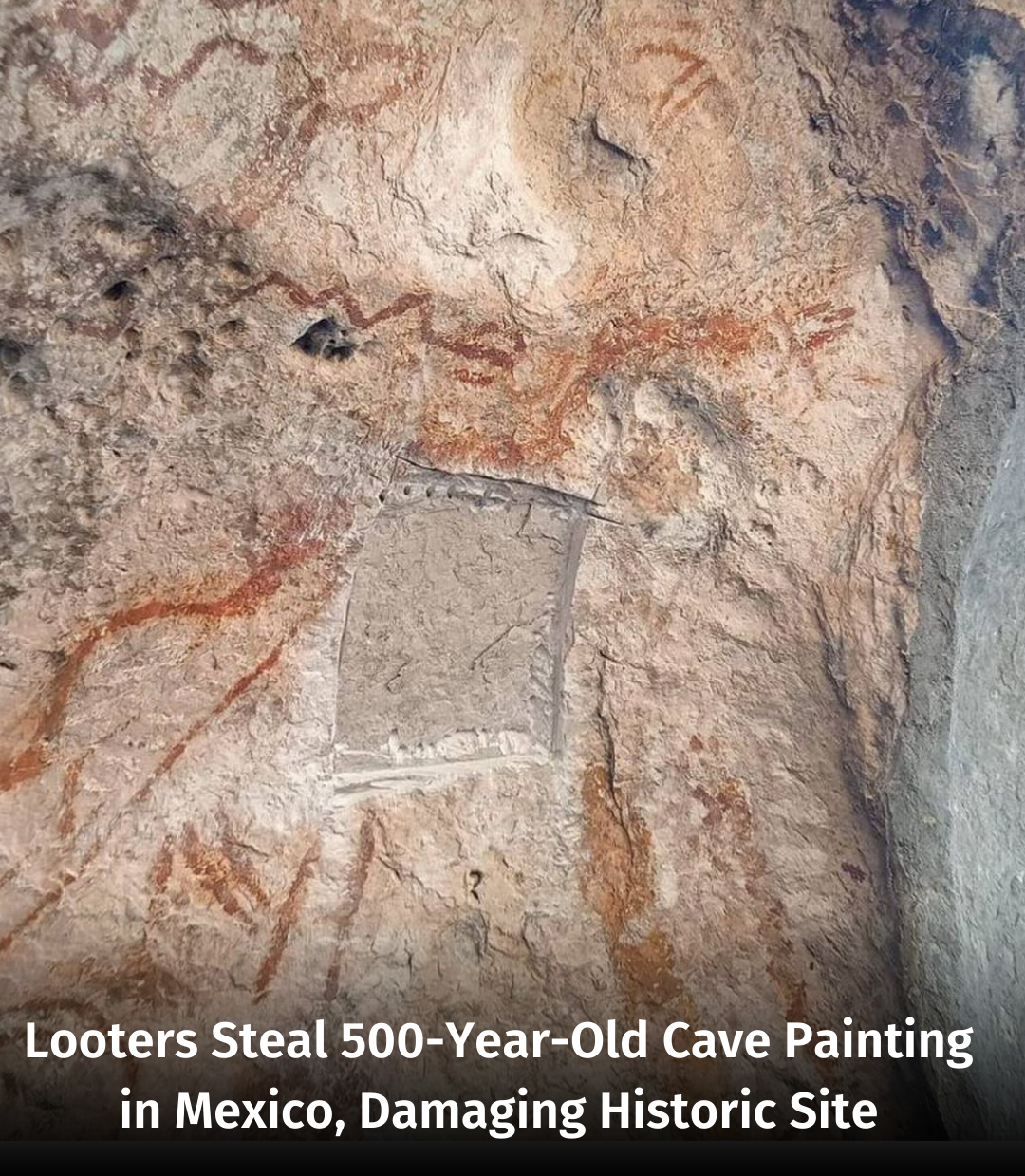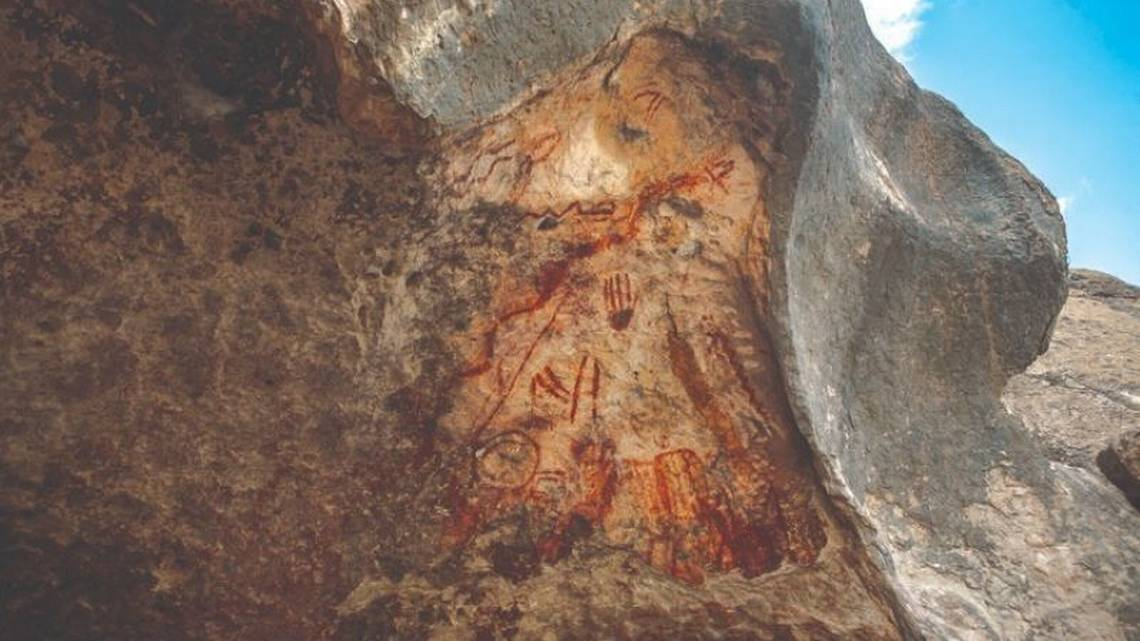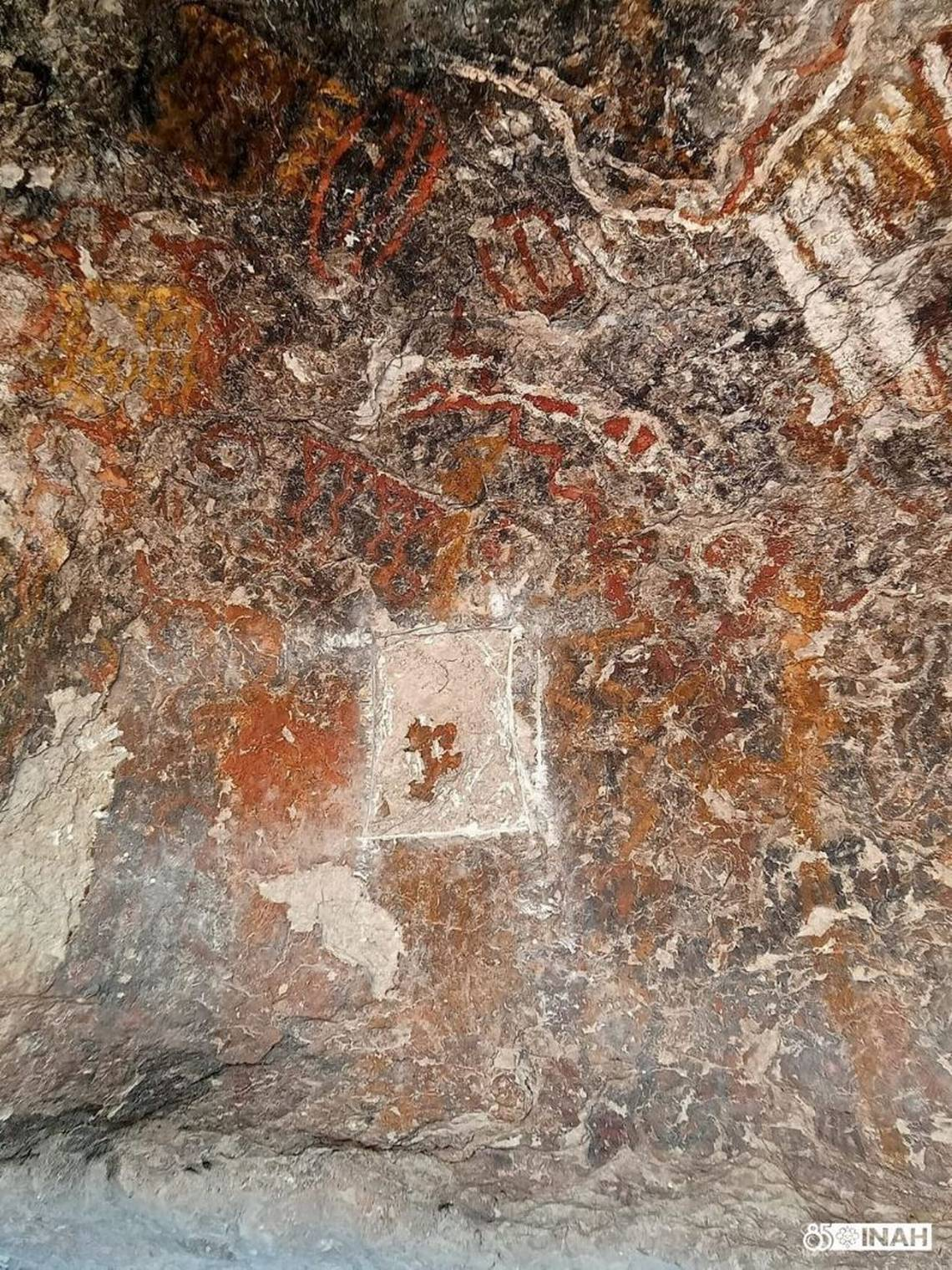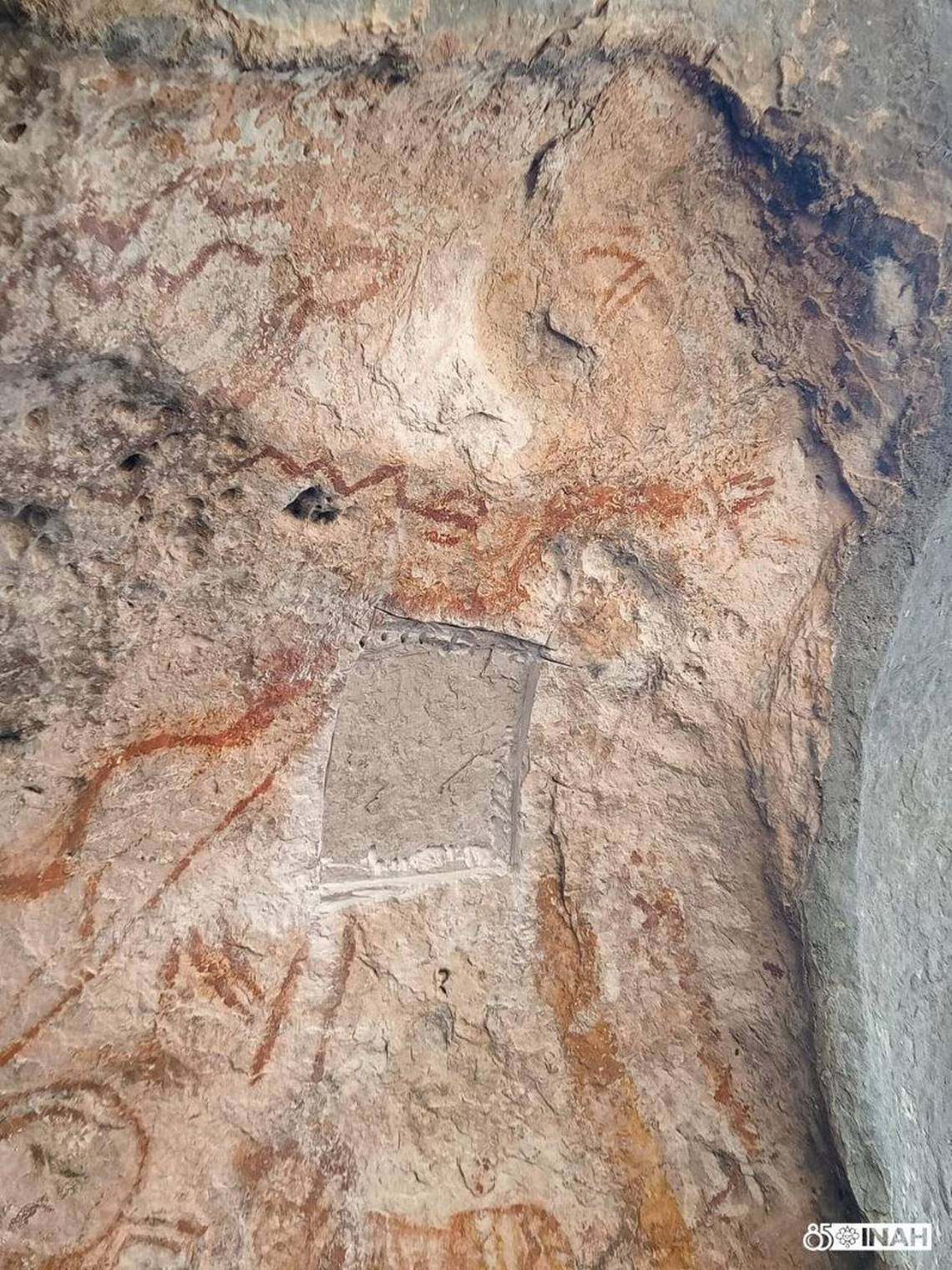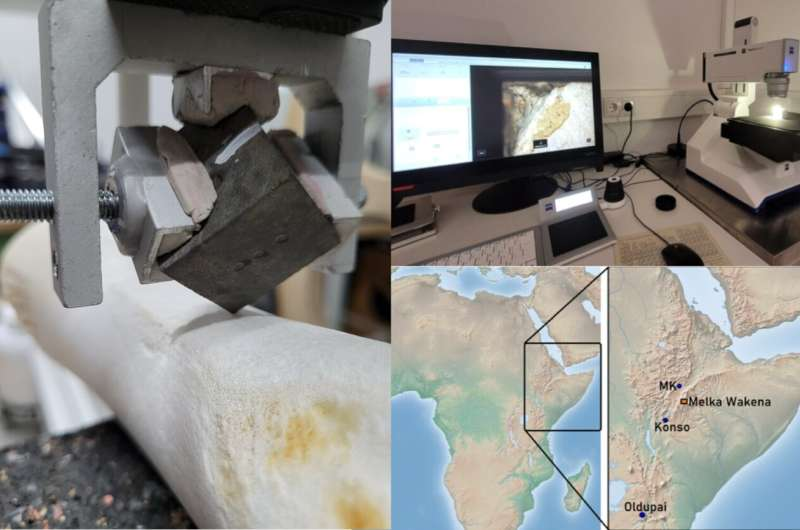Excavations in the ancient city of Hadrianopolis, located in Türkiye’s northern province of Karabük, have revealed two bone game pieces believed to be part of a Roman-era military strategy game. This discovery further strengthens evidence of a Roman military presence in the region.
A Glimpse Into the Past
Led by Dr. Ersin Çelikbaş from Karabük University’s archaeology department, the ongoing excavations at Hadrianopolis have uncovered structures dating from the late Chalcolithic period through the Roman and early Byzantine eras. The site is known for its intricate mosaics depicting animals, earning it the nickname the "Zeugma of the Black Sea."
Archaeologists have unearthed various structures, including baths, churches, tombs, an inner fortress, a fountain, city walls, a villa, and religious sites. Most recently, their efforts led to the discovery of two ancient bone game pieces, believed to be from the 5th century AD.
Evidence of a Roman Military Headquarters
Dr. Çelikbaş emphasized the significance of these findings, which were made as part of the Heritage for Future project under Türkiye’s Ministry of Culture and Tourism.
“These game pieces are bone-made and shaped like a lentil and a disk. One features a four-armed symbol, while the other has an eight-armed symbol. Such markings suggest that these were game pieces used in strategic gameplay,” he explained.
He further elaborated that these types of games were commonly played using bone pieces in ancient times. “The discovery of these strategy games at Hadrianopolis further confirms the presence of a Roman military unit. Similar game pieces were used in ancient military strategy games like Ludus Latrunculi and Duodecim Scripta, which were popular among Roman soldiers,” he added.
Strategic Games: A Tradition That Endures
Dr. Çelikbaş highlighted that strategic games were a common pastime in ancient Anatolia, especially among soldiers. The presence of these game pieces reinforces the understanding that Hadrianopolis hosted a Roman military headquarters and a garrison between the 2nd and 5th centuries AD.
He also noted that strategy-based games have stood the test of time. “Many games from the ancient world have evolved and are still played today. Strategy games such as checkers, Battleship, and even the digital game Minesweeper all share principles that were first introduced in antiquity.”
With excavations set to continue in 2025, the research team anticipates uncovering even more significant artifacts that will further illuminate the history of this fascinating ancient city.

